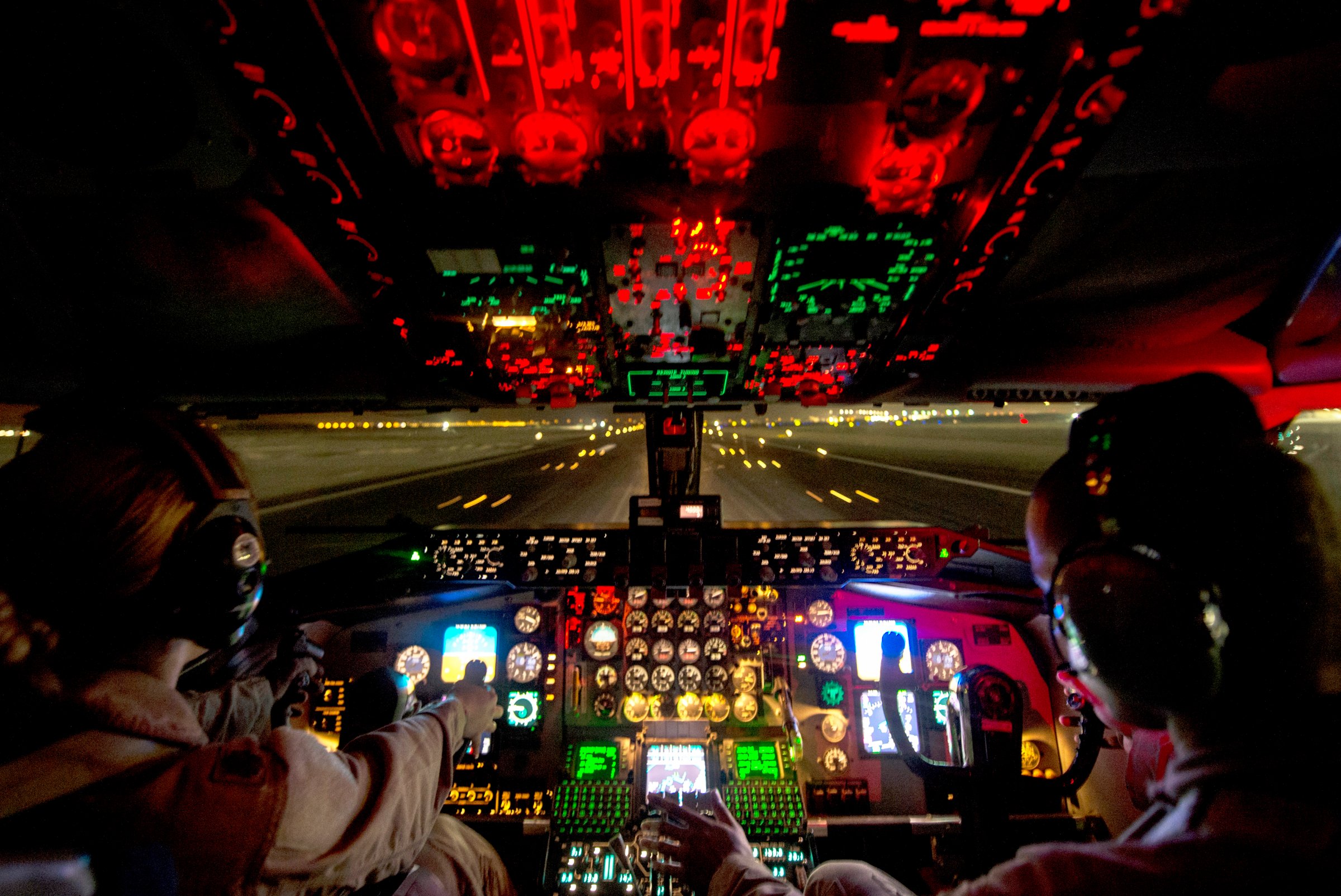
For more than a week, U.S. and allied warplanes have bombed targets inside Syria every day. While that may seem an awful lot like war to those being pounded, it hardly feels that way to most Americans. When U.S. troops are in combat, on the ground, they’re generally accompanied by reporters, who in recent conflicts have been able to fill TV screens and the Internet with up-close scenes of the action.
But when the U.S. elects to conduct an air war, Americans generally witness the action from airborne targeting cameras, or social-media posts from the ground. Both of those, of course, have their own problems: footage released by the Pentagon has been edited—scrubbed, if you prefer—and represents only a tiny fraction of what was recorded. The provenance and, indeed, the authenticity of cell phone videos allegedly capturing what is happening on the ground gives a similarly incomplete, and often suspect, picture of what’s happening.
The U.S. military’s assault against targets belonging to two groups of Islamic militants inside Syria has become almost background noise for most Americans. Granted, the airmen involved are at risk, but the nation generally seems to focus on war—and holds its breath—only when U.S. ground troops are involved in combat.
For Americans, that’s a double-edged sword. For sure, it cuts down on the risk to U.S. military personnel. But it also makes accomplishing President Obama’s declared mission—the destruction of the Islamic State in Iraq and Syria and the Khorasan Group—tougher to achieve.
That’s why Pentagon officials have made clear that the aerial campaign is open-ended and likely to be lengthy. Inflicting real pain on the jihadists is going to require ground troops, and U.S. officials say they’re more than a year away from training the first batch of 5,000 to take on an ISIS force estimated at 30,000.
“I don’t see the political strategy, at least a realistic one, in Syria,” Senator Chris Murphy, D-Conn., told CNN Sunday. “That begs the question, how long are we going to be there and is there any end? There’s just no appetite in the American public for an open-ended military conflict in Syria.”
Todd Harrison of the independent Center for Strategic and Budgetary Assessments estimates that the cost of the U.S. war against ISIS is approaching $1 billion, and could end up costing $6 billion annually for an aggressive, sustained bombing campaign. While significant, that’s far less than the roughly $150 billion the U.S. spent during the peak years of the Afghan (2011) and Iraq (2008) wars.
At best, the daily bombing will likely only freeze ISIS’s grip on eastern Syria. “Combined with our ongoing efforts in Iraq, these strikes will continue to deny [ISIS] freedom of movement and challenge its ability to plan, direct, and sustain its operations,” Defense Secretary Chuck Hagel said Friday. In western Iraq, reinvigorated Iraqi army and peshmerga forces are more likely to regain ground lost to ISIS over the past year.
Such campaigns have a mixed history. When the U.S. and its allies forced Iraqi forces out of Kuwait in 1991 in Operation Desert Storm, it took a 43-day aerial bombardment before ground forces swept in to finish the job.
The 1999 NATO-led air campaign to drive Serbs out of Kosovo in the Balkans, Operation Allied Force, required 28,000 high-explosive munitions. It cost an estimated $3 billion and killed nearly 500 civilians. The 78-day barrage did highlight airpower’s ability change the reality on the ground.
But both of those examples pitted the U.S. and its allies against organized state militaries commanded by dictators: Saddam Hussein in Iraq, and Slobodan Milosevic in Serbia. As heads of state responsible for far more than battlefields, they were subject to pressures the zealously-driven ISIS is unlikely to feel.
The air war that most closely parallels what the U.S. is now conducting against ISIS is Operation Unified Protector, the U.S.-led seven-month effort over Libya in 2011. Launched by the U.S., with NATO eventually assuming a larger role, it began as a humanitarian effort to protect Libyan rebels from Muammar Gaddafi’s army. While air strikes played a critical role in Gaddafi’s ouster and eventual killing, the country has since been wracked by conflict among its warring factions.
Two years ago, terrorists took advantage of the chaos to attack U.S. diplomatic outposts in Benghazi, killing Ambassador Christopher Stevens and three other Americans. “Where you’ve got states that are failing or in the midst of civil war, these kinds of organizations thrive,” Obama told CBS’ 60 Minutes Sunday night, referring to ISIS. But he just as surely could have been speaking of Libya, where the war he launched more than three years ago initially was hailed as a victory for U.S. leadership. Two months ago, the U.S. shuttered its embassy in the Libyan capital of Tripoli and evacuated its diplomats.
“The fate of that country has been largely absent from discussions about the new war,” the New York Times warned Sunday, “which is certain to last longer and unleash a wider array of consequences.”
The Pentagon, thus far, has declined to name that new war.
More Must-Reads from TIME
- Why Trump’s Message Worked on Latino Men
- What Trump’s Win Could Mean for Housing
- The 100 Must-Read Books of 2024
- Sleep Doctors Share the 1 Tip That’s Changed Their Lives
- Column: Let’s Bring Back Romance
- What It’s Like to Have Long COVID As a Kid
- FX’s Say Nothing Is the Must-Watch Political Thriller of 2024
- Merle Bombardieri Is Helping People Make the Baby Decision
Contact us at letters@time.com